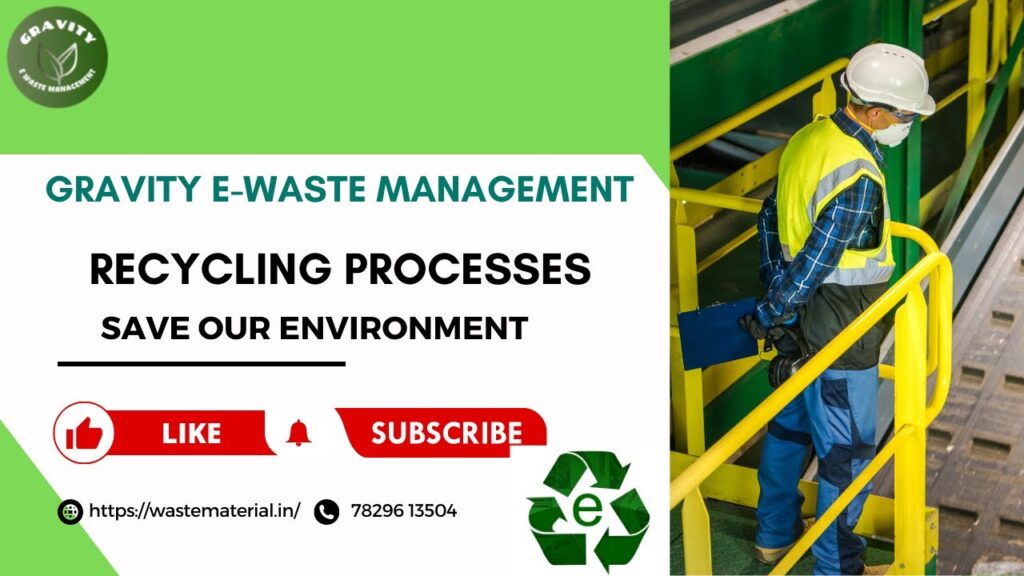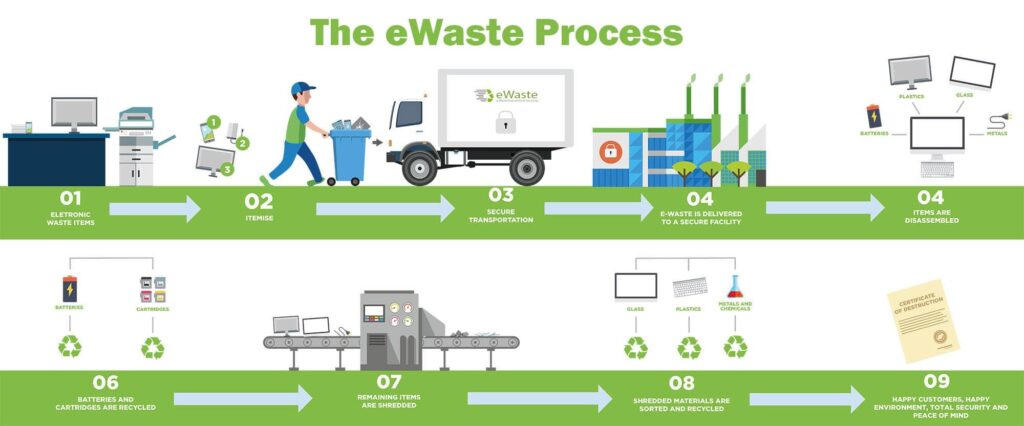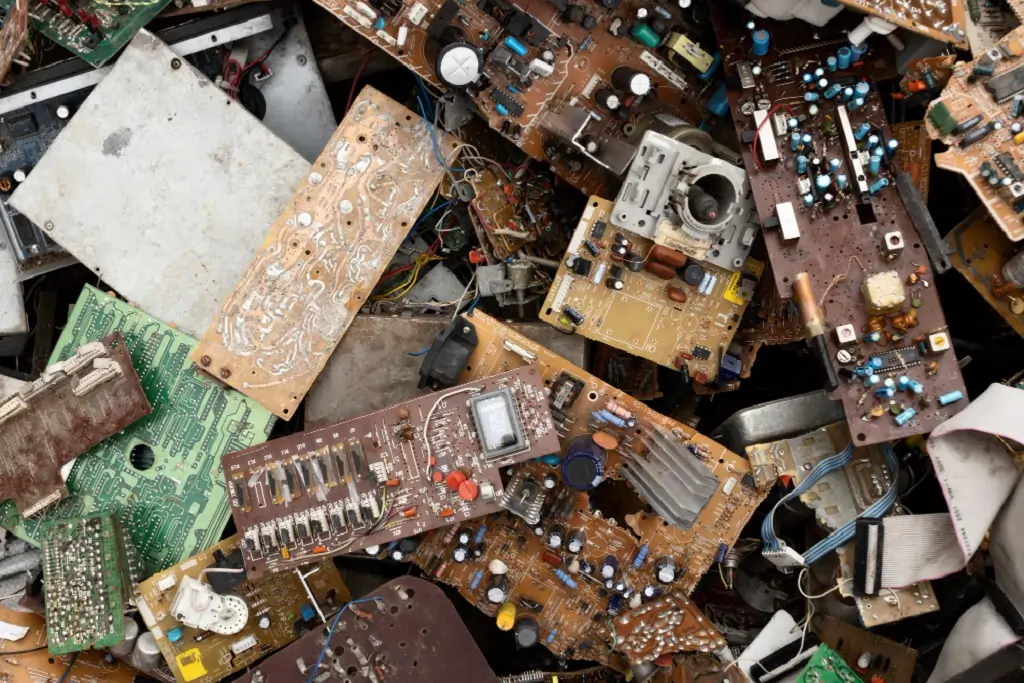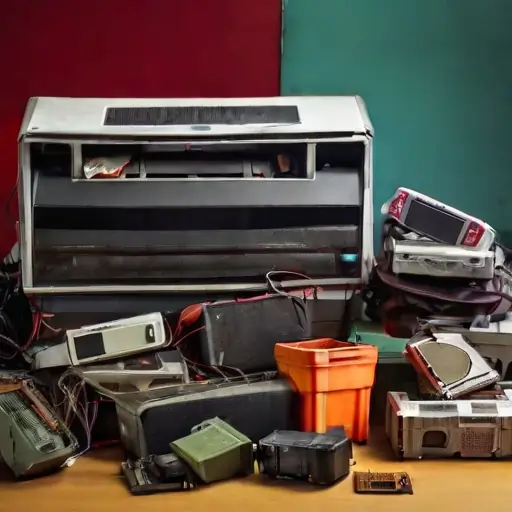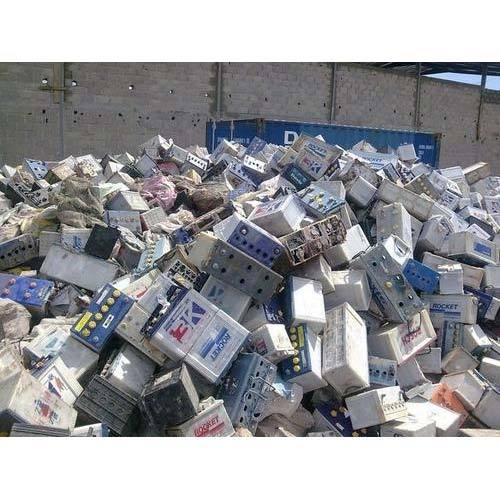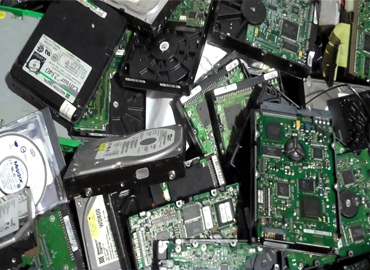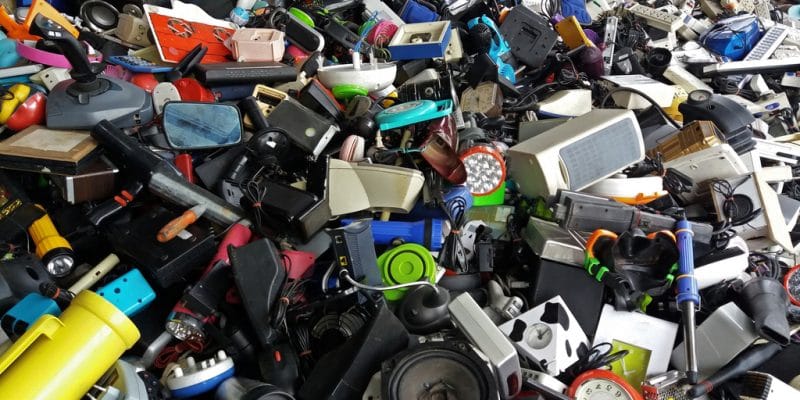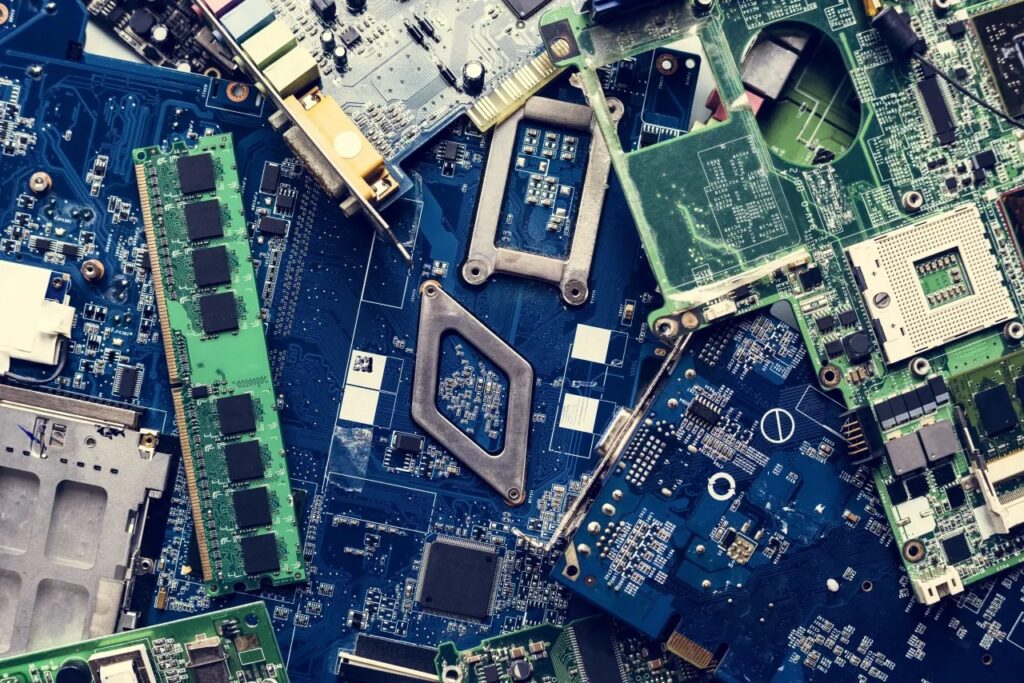Waste Material Scrap Laptop Batteries: Turning Tech Waste Into Sustainable Gold
In today’s digital world, laptops are indispensable. But with technology evolving rapidly, millions of laptop batteries become obsolete every year. Most people don’t think twice before tossing them aside—but what if we told you that these “dead” batteries are a hidden resource, not waste? At Waste Material, we specialize in turning scrap laptop batteries into opportunities for sustainability, innovation, and profit. The Hidden Potential in Scrap Laptop Batteries A laptop battery may no longer power your device, but it still holds value. Many used batteries contain cells that are still functional and materials that can be recycled. Lithium, cobalt, nickel, and other rare elements inside these batteries are not only expensive to mine but also environmentally harmful to extract. By recycling and reusing these components, Waste Material reduces the need for fresh mining, saving resources and protecting ecosystems. Why You Shouldn’t Throw Away Old Laptop Batteries Improper disposal of lithium-ion batteries is a serious issue. When dumped into landfills, they can leak toxic chemicals into the soil and groundwater. Even worse, they pose a fire hazard if not handled correctly. At Waste Material, we advocate for safe, responsible recycling and offer specialized solutions to manage electronic waste safely and sustainably. Here’s why recycling matters: Environmental Protection: Prevents hazardous waste from polluting the planet. Resource Recovery: Extracts reusable metals and materials. Economic Value: Reclaimed materials reduce manufacturing costs. Compliance: Meets environmental regulations and avoids fines. What Happens to a Scrap Laptop Battery? At Waste Material, the journey of a scrap laptop battery follows a detailed and ethical recycling process: Collection & SortingWe collect old laptop batteries from individuals, businesses, and e-waste drives. Our team sorts them based on battery type, brand, and condition. Testing & DisassemblySome batteries still contain usable cells. We test each battery to identify salvageable components before carefully disassembling them. Cell RecoveryGood cells can be reused in custom power banks, solar energy storage, or other DIY battery packs. This re-use extends their life while reducing the demand for new batteries. Material ExtractionFor dead batteries, we extract metals like lithium, cobalt, and nickel using advanced, environmentally friendly techniques. Safe Disposal of ResidueThe remaining non-recyclable parts are disposed of according to global environmental safety standards. Who Can Benefit from Our Scrap Battery Services? Whether you’re a tech enthusiast, a corporate office, a computer repair shop, or simply someone with old gadgets at home—Waste Material has a solution for you. Businesses: Reduce e-waste liability and turn old assets into recoverable value. Repair Shops: Source reusable cells at a lower cost. Recyclers & Aggregators: Partner with us for ethical and efficient scrap processing. Environmentalists: Join us in creating a greener, cleaner tomorrow. Our Commitment at Waste Material At Waste Material, we believe waste is simply material in the wrong place. With our eco-conscious approach and transparent recycling process, we aim to be a key player in India’s journey towards sustainable e-waste management. What sets us apart? Certified Processes: Our methods comply with environmental standards and best practices. Innovative Technology: We use state-of-the-art equipment to ensure efficiency and safety. Customer-Centric Service: From doorstep pickup to bulk processing solutions, we make it easy for you to recycle. Circular Economy Vision: We strive to keep valuable resources in use for as long as possible. The Bigger Picture: E-Waste and the Future India is one of the largest producers of e-waste globally. As consumers, we must rethink our habits and prioritize sustainability. Recycling laptop batteries is a small but powerful step. Through responsible practices and partnerships, Waste Material is contributing to a larger shift—towards a circular economy where nothing goes to waste. Ready to Make an Impact? Don’t let those old laptop batteries gather dust—or worse, end up in the landfill. Partner with Waste Material and be a part of the change. Whether you have one battery or a hundred, your contribution matters. Contact Us Today Visit: https://wastematerial.in/ Email: ewastescrap.blr@gmail.com Location: No 11 4th Main Peenya industrial area Bangalore Regional Offices: Mumbai, Chennai, Kochi, Hyderabad Let’s turn waste into worth. One battery at a time.
Waste Material Scrap Laptop Batteries: Turning Tech Waste Into Sustainable Gold Read More »

